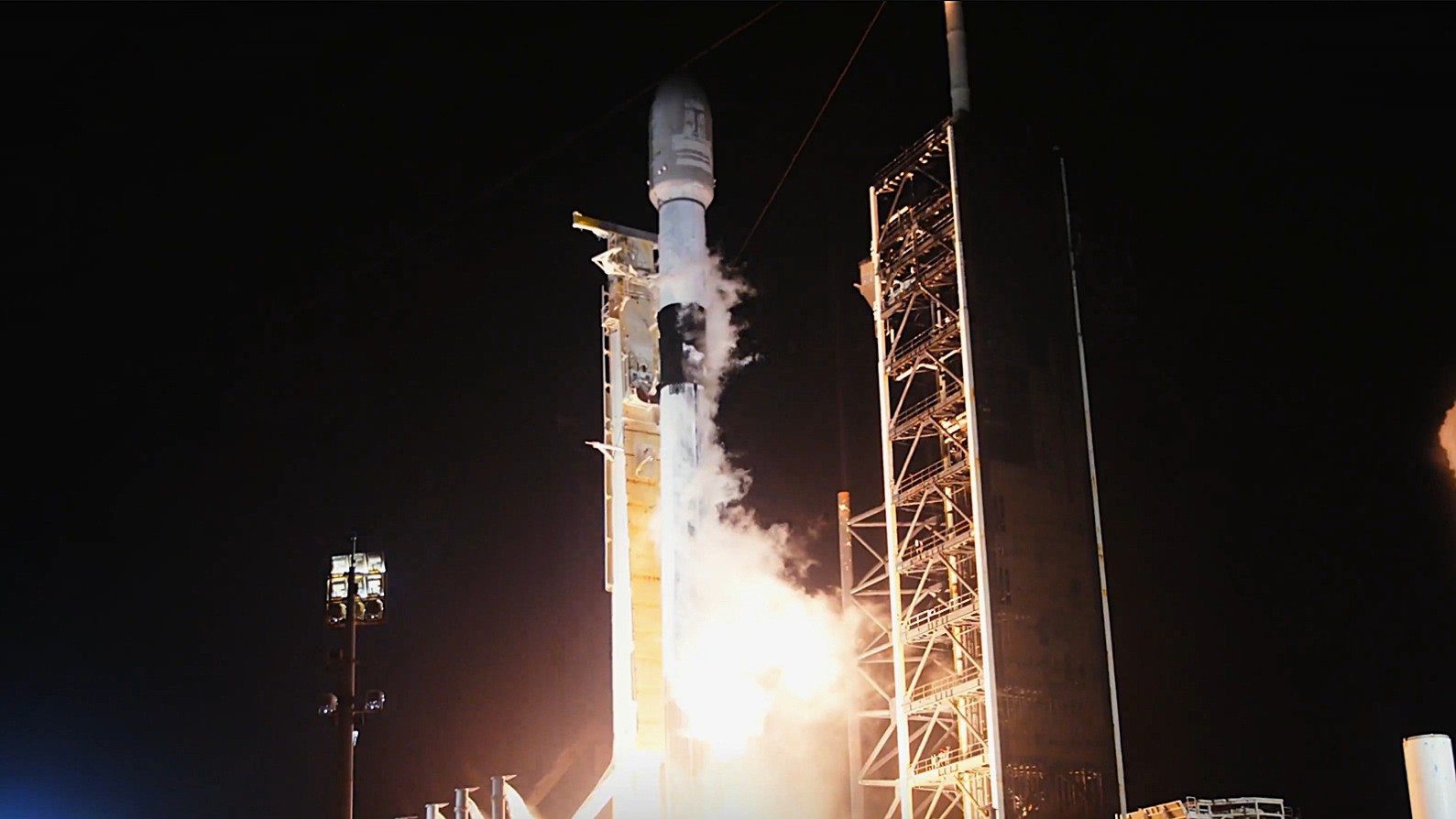SpaceX has broken its rocket reuse record again, notching a nice round number in the process.
A Falcon 9 rocket lifted off from NASA’s Kennedy Space Center in Florida on Thursday (Aug. 28) at 4:12 a.m. EDT (0812 GMT), carrying 28 of SpaceX’s Starlink internet satellites toward low Earth orbit (LEO).
It was the 30th liftoff for this Falcon 9’s first stage, which carries the designation 1067. The booster aced its 30th landing as well, coming down at sea on the SpaceX drone ship named “A Shortfall of Gravitas” about 8.5 minutes after launch on Thursday as planned.
Previous Booster 1067 missions
Such extensive reuse is a core part of SpaceX’s vision to make spaceflight cheaper and more efficient. And the company aims to take reuse to even greater levels with its next vehicle, a giant rocket-spaceship combo called Starship.
Each first stage of Starship, which SpaceX is developing to help humanity settle the moon and Mars, could theoretically launch, land and fly again in less than an hour, company founder and CEO Elon Musk has said.
If all goes according to plan on Thursday’s flight, the Falcon 9’s upper stage, which is expendable, will deliver the 28 Starlink satellites to LEO about 64 minutes after launch.
They’ll join the biggest satellite network ever assembled; Starlink currently consists of more than 8,200 operational spacecraft and is growing all the time, as Thursday’s launch shows.
Booster 1067’s previous flight was memorable as well, and not just because it set a (just-broken) reuse mark. That 29th mission — a Starlink launch that took place on July 2 — was also the 500th Falcon 9 flight to date.
